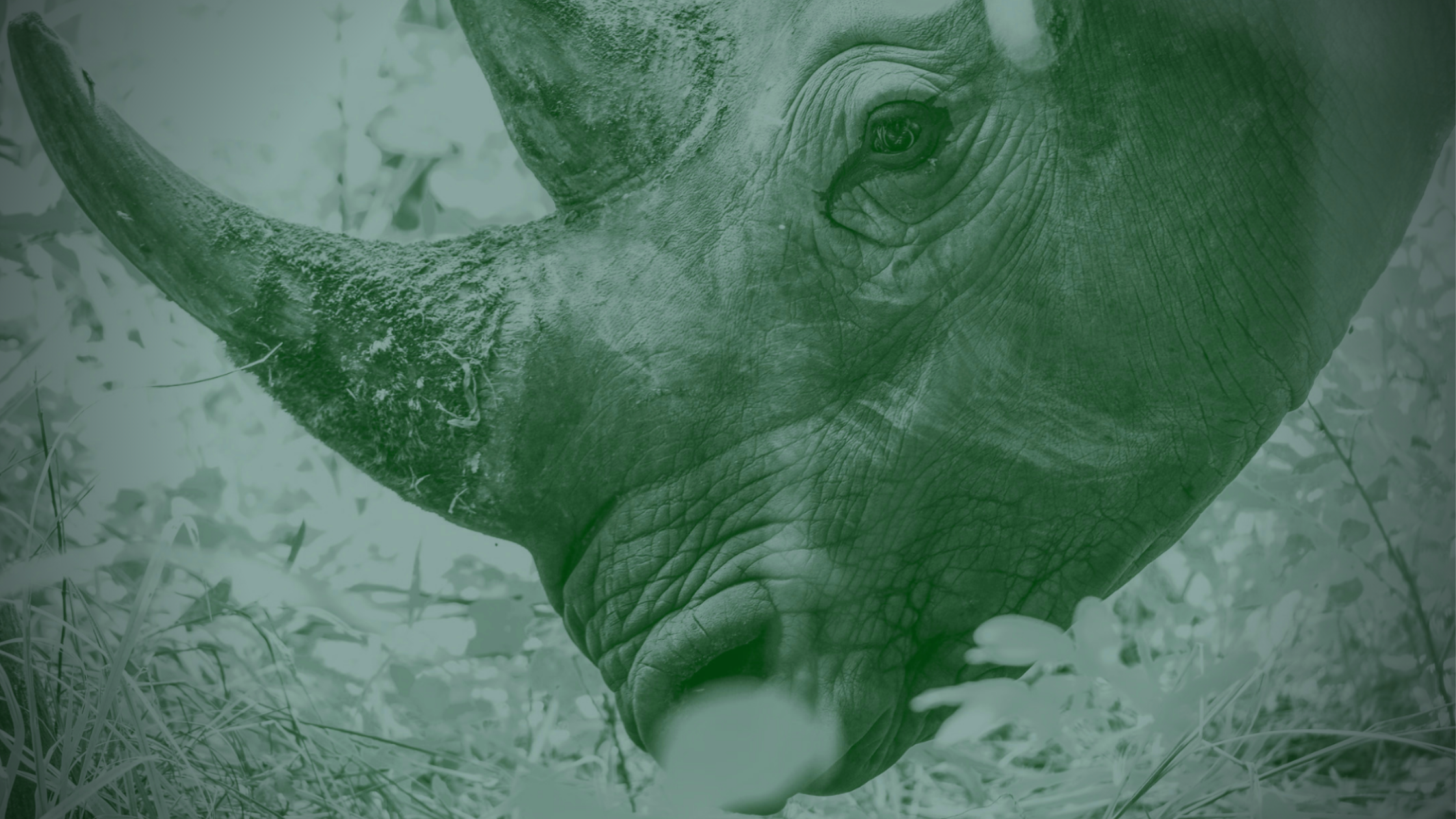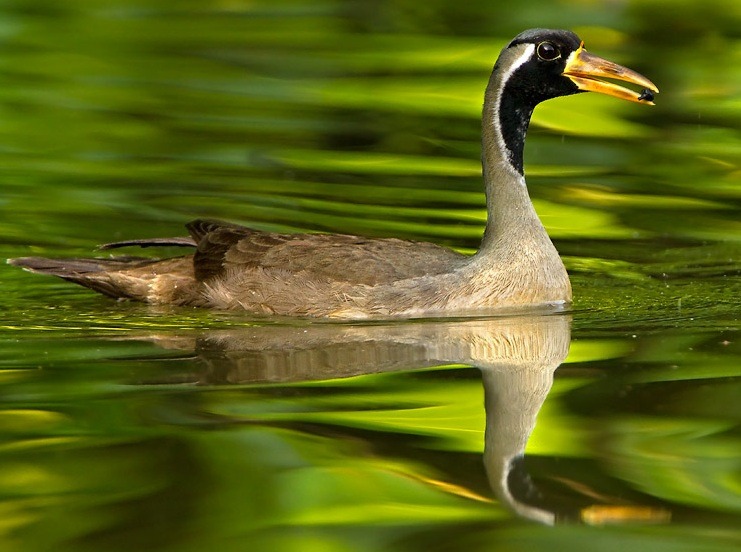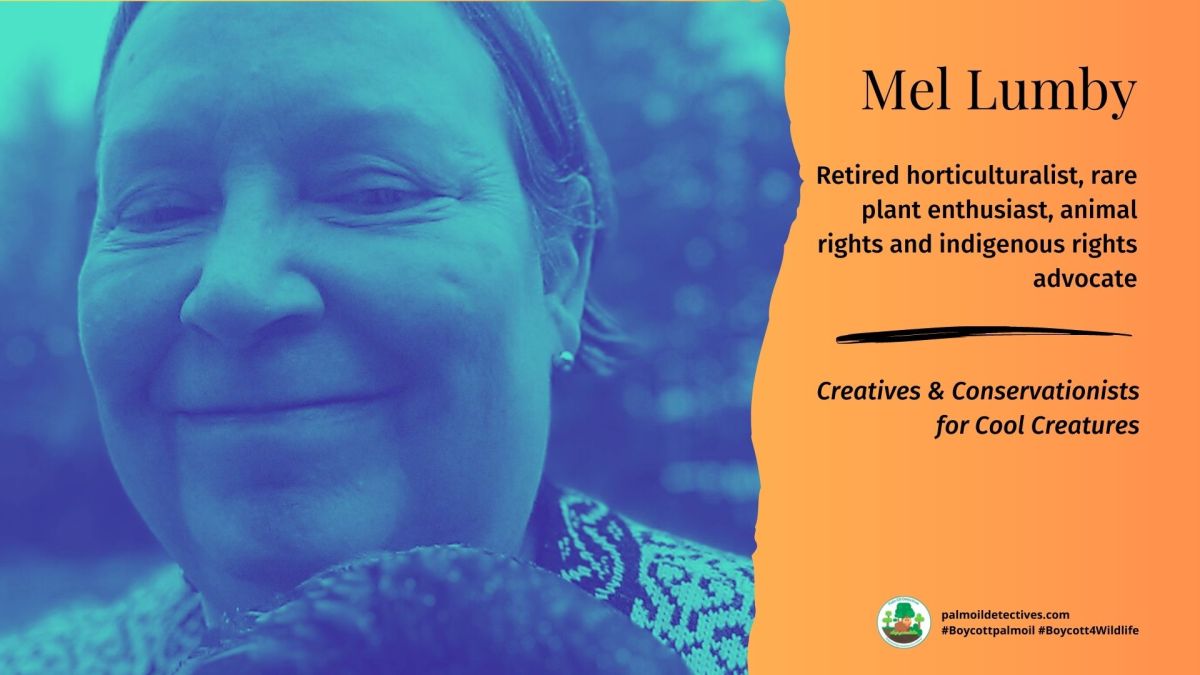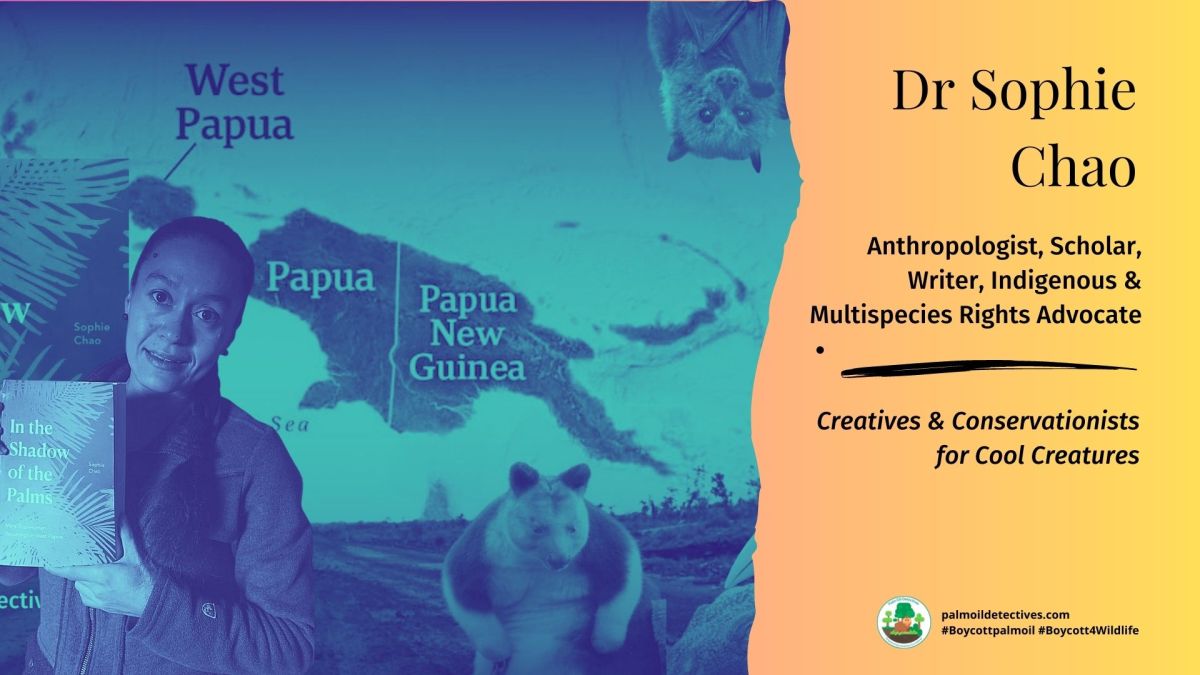Masked Finfoot Heliopais personatus
Endangered
Borneo, Malaysia, Thailand, Laos, Vietnam, Cambodia, Myanmar, Indonesia, Bangladesh, India, Singapore
The Masked Finfoot lives principally in rivers in lowland riverine forest including mangroves, but has been recorded in coastal and inland wetlands, such as tidal creeks, flooded forest, swamps and lakes (rarely reservoirs or industrial pools on passage). One off incidents may also have affected some populations such as oil spills (D. Simic in litt. 2014).
The Masked Finfoot is endangered in parts of SE Asia including #Borneo #Malaysia primarily threatened by #deforestation for #agriculture including #palmoil. Support this forgotten animal with a brand #Boycott4Wildlife
Tweet
The main threat is the destruction and increased levels of disturbance to rivers in lowland riverine forest, driven by agricultural clearance and logging operations and increased traffic on waterways.
IUCN Red list
Kalimantan lost nearly 25% of its evergreen forest during 1985-1997. The impact of the major fires of 1997-1998 was patchy, with many small alluvial areas escaping damage(Fredriksson and Nijman 2004). However, such fires appear to be increasing in frequency and severity. In central Kalimantan, most remaining lowland forest is granted to logging concessions, with a negligible area currently afforded any protected status. The species was recorded in trade by TRAFFIC in 1998 when six birds were taken out of Kalimantan to Singapore(Shepherd 2000).
Support the conservation of this species
This animal has no protections in place. Read about other forgotten species here. Create art to support this forgotten animal or raise awareness about them by sharing this post and using the #Boycottpalmoil #Boycott4Wildlife hashtags on social media. Also you can boycott palm oil in the supermarket.
Further Information

BirdLife International. 2016. Heliopais personatus. The IUCN Red List of Threatened Species 2016: e.T22692181A93340327. https://dx.doi.org/10.2305/IUCN.UK.2016-3.RLTS.T22692181A93340327.en. Downloaded on 05 February 2021.

How can I help the #Boycott4Wildlife?
Contribute in five ways
1. Join the #Boycott4Wildlife on social media and subscribe to stay in the loop: Share posts from this website to your own network on Twitter, Mastadon, Instagram, Facebook and Youtube using the hashtags #Boycottpalmoil #Boycott4Wildlife.
2. Contribute stories: Academics, conservationists, scientists, indigenous rights advocates and animal rights advocates working to expose the corruption of the palm oil industry or to save animals can contribute stories to the website.
3. Supermarket sleuthing: Next time you’re in the supermarket, take photos of products containing palm oil. Share these to social media along with the hashtags to call out the greenwashing and ecocide of the brands who use palm oil. You can also take photos of palm oil free products and congratulate brands when they go palm oil free.
4. Take to the streets: Get in touch with Palm Oil Detectives to find out more.
5. Donate: Make a one-off or monthly donation to Palm Oil Detectives as a way of saying thank you and to help pay for ongoing running costs of the website and social media campaigns. Donate here








